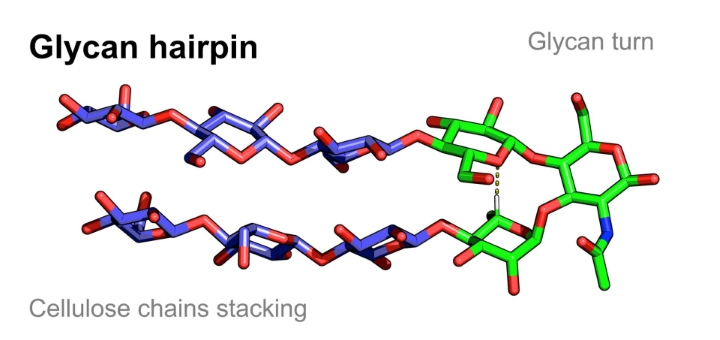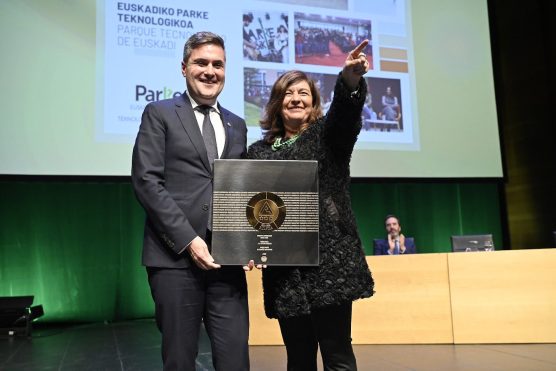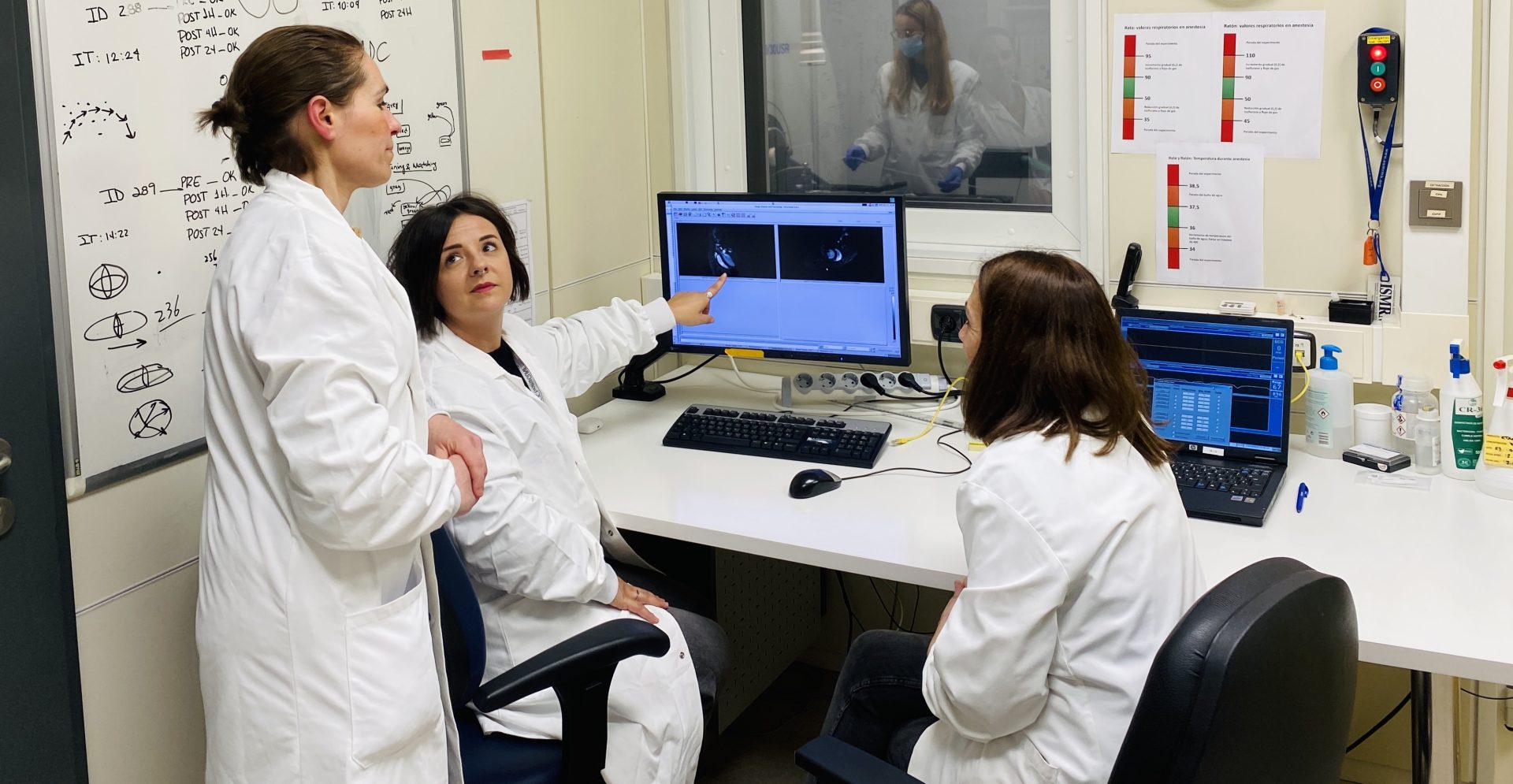A carbohydrate sequence capable of folding into a stable secondary structure has been designed

CIC bioGUNE participates in this research led by the Max Planck Institute of Colloids and Interfaces and published in the journal Nature Chemistry.
Until now, only self-folding biopolymers had been developed for DNA and proteins.
This work opens the door to providing glycans with new properties and functions.
 CIC bioGUNE has participated in research led by the Max Planck Institute of Colloids and Interfaces (MPICI), which has succeeded in designing for the first time a carbohydrate sequence capable of folding into a stable secondary structure. Until now, such self-folding biopolymers had only been developed for DNA and proteins, and sugars were considered too flexible to assume a stable conformation. The work, which has been published in the journal Nature Chemistry, opens up completely new perspectives in biomedicine and materials science.
CIC bioGUNE has participated in research led by the Max Planck Institute of Colloids and Interfaces (MPICI), which has succeeded in designing for the first time a carbohydrate sequence capable of folding into a stable secondary structure. Until now, such self-folding biopolymers had only been developed for DNA and proteins, and sugars were considered too flexible to assume a stable conformation. The work, which has been published in the journal Nature Chemistry, opens up completely new perspectives in biomedicine and materials science.
In their recent paper in Nature Chemistry, Delbianco and his team of collaborators, including Jesús Jiménez Barbero, scientific director of CIC bioGUNE and Ikerbasque Research Professor, have shown that it is possible to design glycans that adopt a specific stable conformation.
They have linked natural sugar motifs to generate a shape that does not exist in nature, which resembles a hairpin. In an approach similar to that used in Lego, they have connected two linear rods containing cellulose fragments (shown in blue in the image) to a rigid glycan twist (shown in green in the image) to obtain a new, unnatural shape.
“Carbohydrates can be generated with programmable shapes, which opens up the possibility of endowing glycans with new properties and functions,” says Martina Delbianco, PhD. The structure was rapidly prepared using the methodology known as Automated Glycan Assembly (AGA), a process in which monosaccharides are
monosaccharides are connected in an automated synthesiser to generate tailor-made polysaccharide sequences.
To reveal the three-dimensional structure of the designed molecule, a large number of methodologies have been used, especially Nuclear Magnetic Resonance. These experiments have essentially been carried out in the Chemical Glycobiology group at CIC bioGUNE. “The 3D structure of a biomolecule determines its function. This could mean, for example, that in the future we could use folded sugars as drugs, as catalysts for specific chemical transformations or as structural units for the creation of nanomaterials,” says Dr Martina Delbianco.
Carbohydrates make up about 80% of the biomass of our planet – half on land and half in the sea. However, their material properties are still poorly understood. Just as knowledge about natural proteins has been used to design synthetic peptide sequences that could adopt programmable 3D shapes and perform specific functions, for example to produce drugs and nanotechnology materials, the scientific advances generated by this research may provide even more opportunities, due to their greater abundance and diversity compared to peptides. “Through this multidisciplinary research we have opened new horizons to design and prepare new sustainable carbohydrate-based molecules and to understand their structure in three dimensions. Now we must learn to modulate their properties at will and apply them in nanotechnology and biomedicine,” adds Dr Jesús Jiménez-Barbero.




